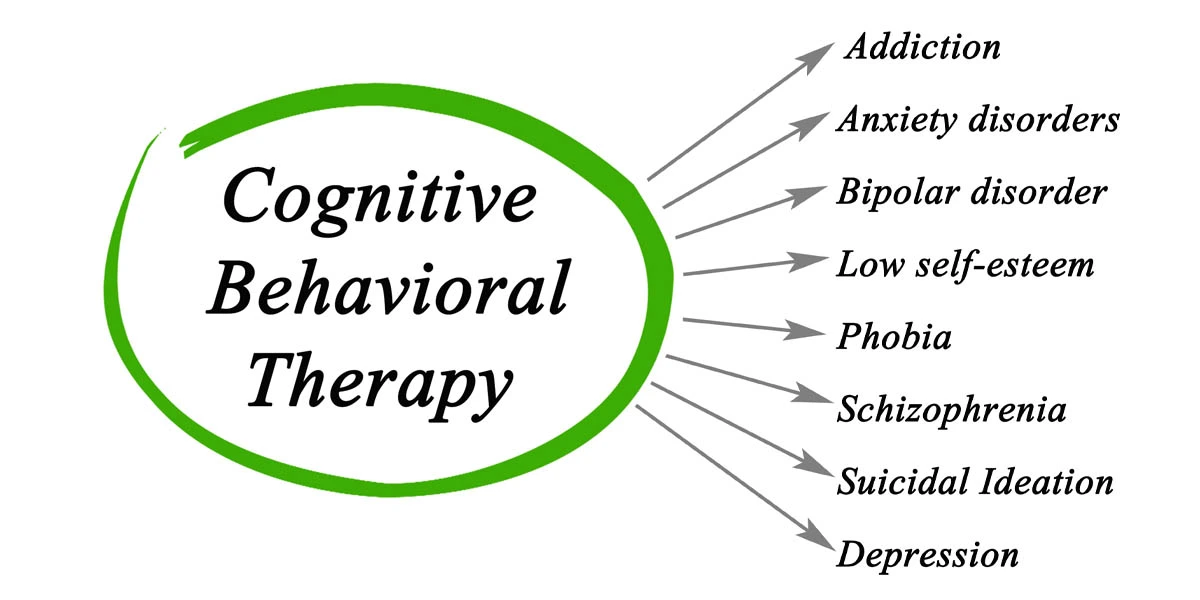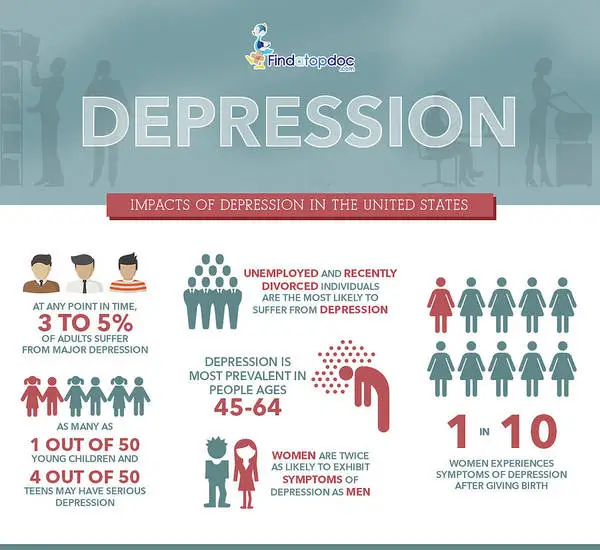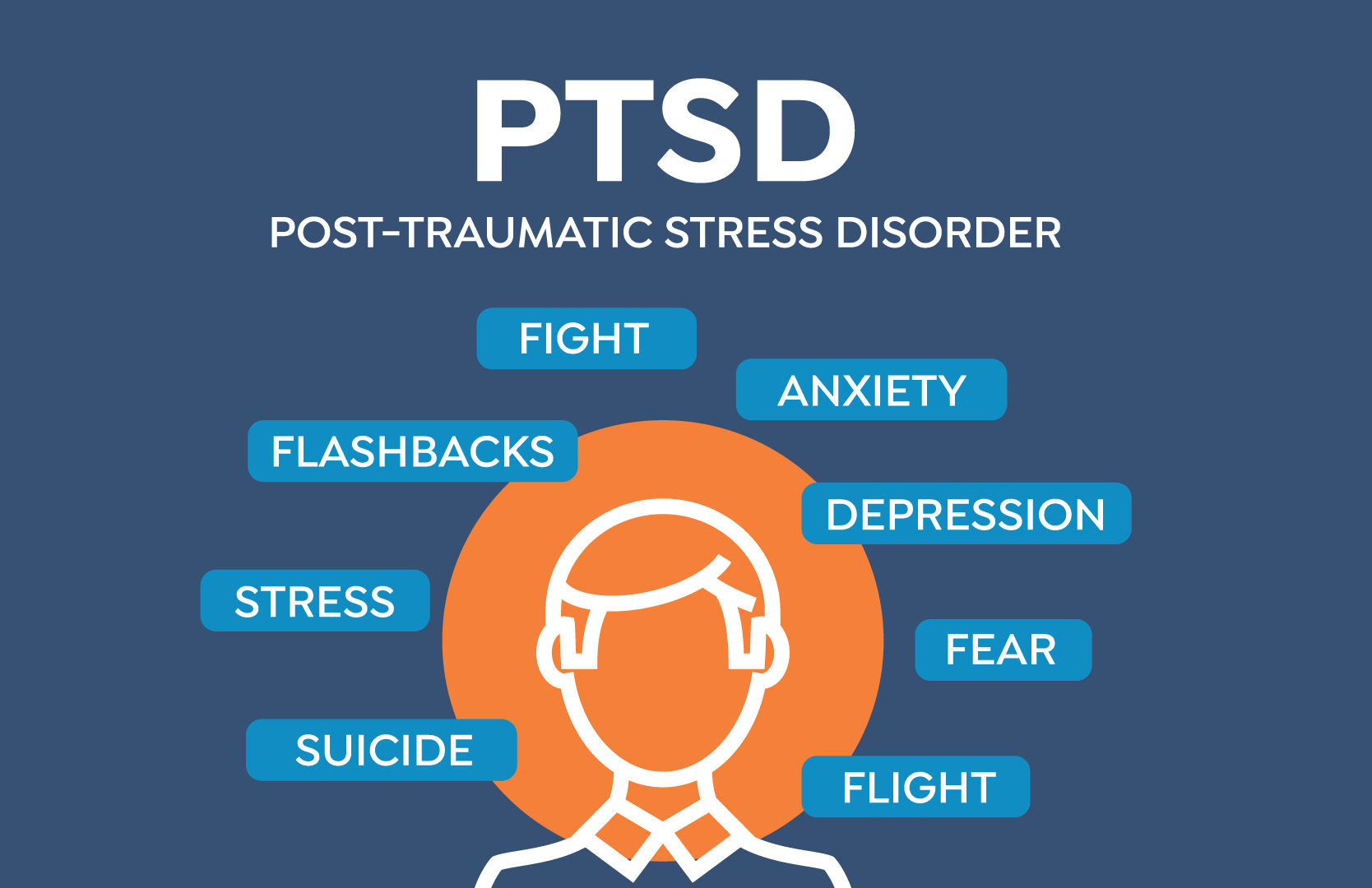Anxiety is a feeling of unease, worry, or fear about the future. It is a normal human emotion that is experienced by everyone at some point in their lives. However, when anxiety becomes excessive and interferes with daily activities, it can be considered a disorder. Anxiety disorders are the most common mental health disorders, affecting millions of people around the world.
Symptoms of anxiety can vary from person to person, but they generally include feelings of restlessness, irritability, difficulty concentrating, muscle tension, and sleep disturbances. In severe cases, anxiety can cause panic attacks, which are sudden and intense periods of fear or discomfort that may include symptoms such as heart palpitations, sweating, and shortness of breath.
There are several types of anxiety disorders, including generalized anxiety disorder (GAD), panic disorder, social anxiety disorder, specific phobias, and separation anxiety disorder. Each of these disorders is characterized by specific symptoms and triggers.
GAD is a chronic condition that involves excessive, uncontrollable worry about a variety of everyday concerns, such as health, finances, work, and relationships. People with GAD may experience physical symptoms such as fatigue, headaches, and stomachaches.
Panic disorder is characterized by recurrent, unexpected panic attacks that can occur at any time. People with panic disorder may avoid situations or places that they associate with panic attacks, which can lead to a decrease in their quality of life.
Social anxiety disorder is an intense fear of being judged or criticized by others in social situations. People with social anxiety disorder may avoid social situations altogether, which can lead to social isolation and depression.
Specific phobias involve an intense fear of a particular object or situation, such as spiders, heights, or flying. People with specific phobias may avoid these triggers at all costs, which can interfere with daily life.
Separation anxiety disorder is a condition that occurs primarily in children and involves excessive anxiety about separation from a parent or caregiver.
There are many factors that can contribute to the development of anxiety disorders, including genetics, brain chemistry, life experiences, and personality traits. For example, people who have a family history of anxiety disorders may be more likely to develop them themselves.
Treatment for anxiety disorders typically involves a combination of medication and psychotherapy. Medications such as selective serotonin reuptake inhibitors (SSRIs) and benzodiazepines can help to reduce symptoms of anxiety. Psychotherapy, such as cognitive behavioral therapy (CBT), can help people to identify and change negative thought patterns and behaviors that contribute to anxiety.
In addition to medication and psychotherapy, there are many other strategies that can help people to manage anxiety. These include practicing relaxation techniques such as deep breathing, progressive muscle relaxation, and meditation, engaging in regular exercise, getting enough sleep, avoiding caffeine and other stimulants, and seeking support from friends and family.
It is important to note that anxiety is a treatable condition, and people who suffer from anxiety disorders can lead full and productive lives with the right treatment and support. If you or someone you know is experiencing symptoms of anxiety, it is important to seek professional help.
In conclusion, anxiety is a normal human emotion that becomes problematic when it interferes with daily activities. Anxiety disorders are the most common mental health disorders
![]()





